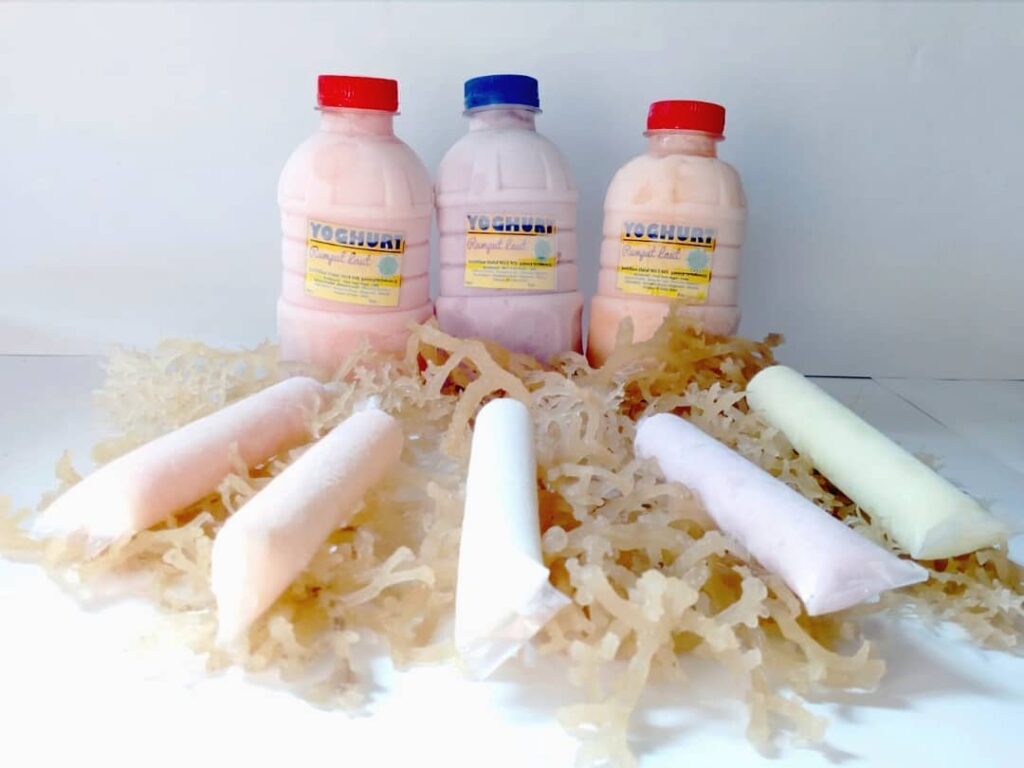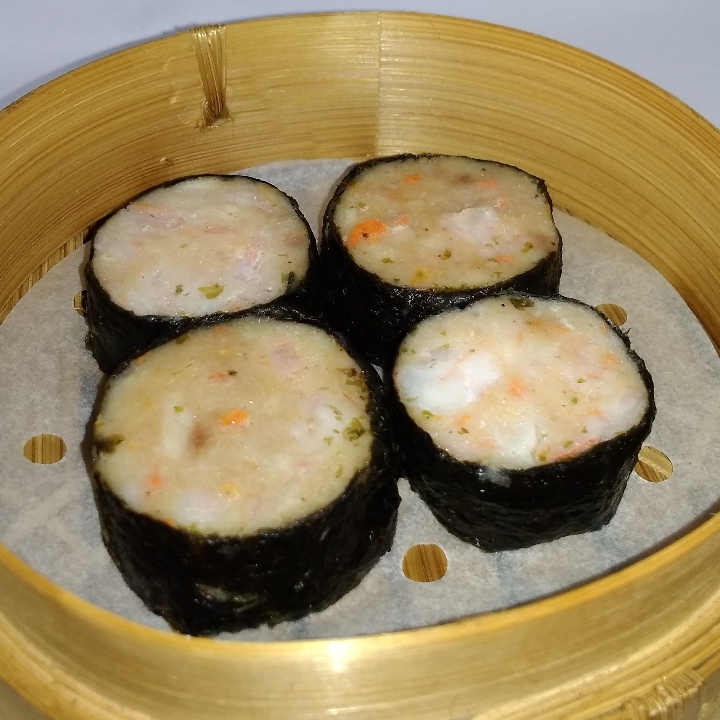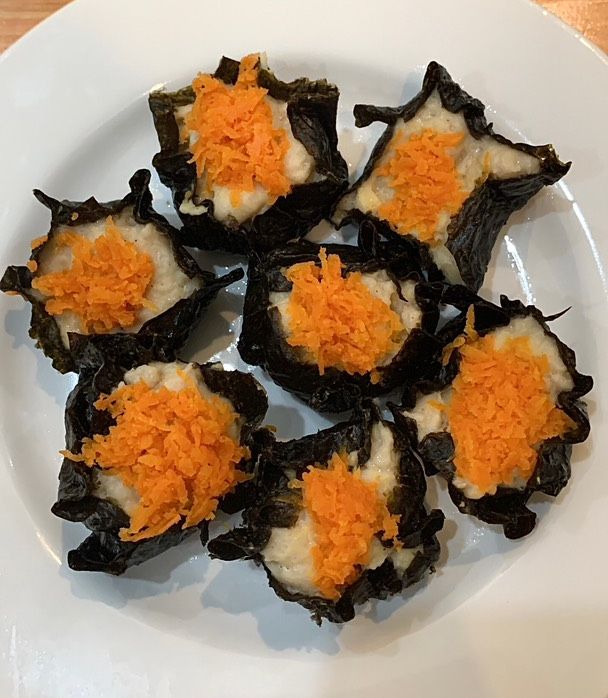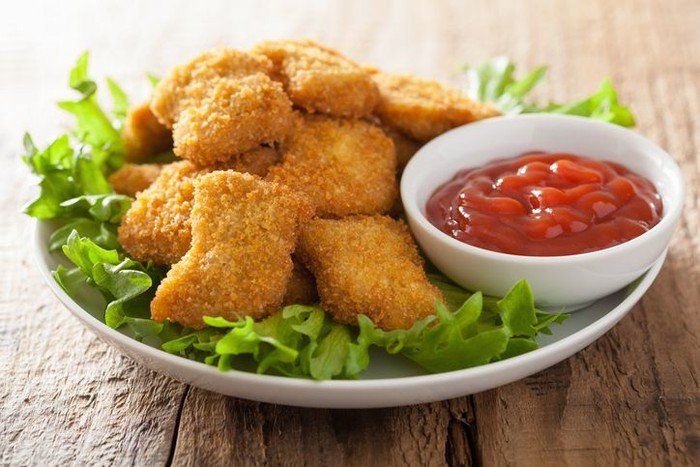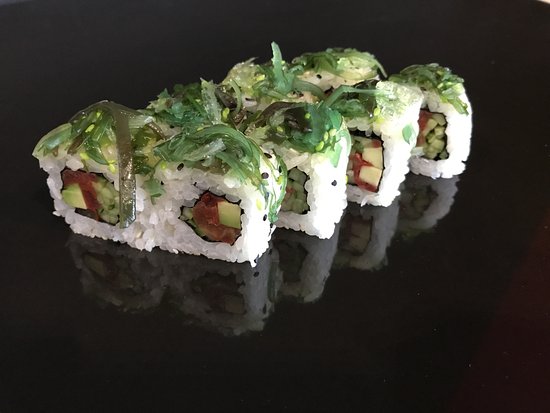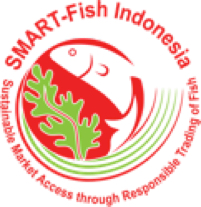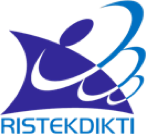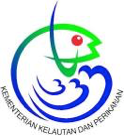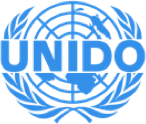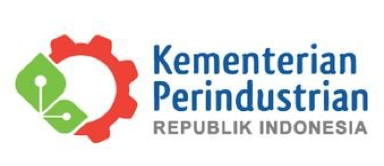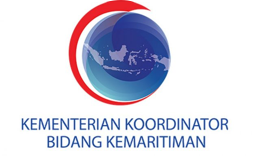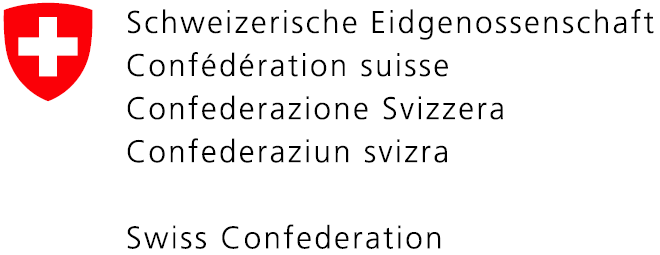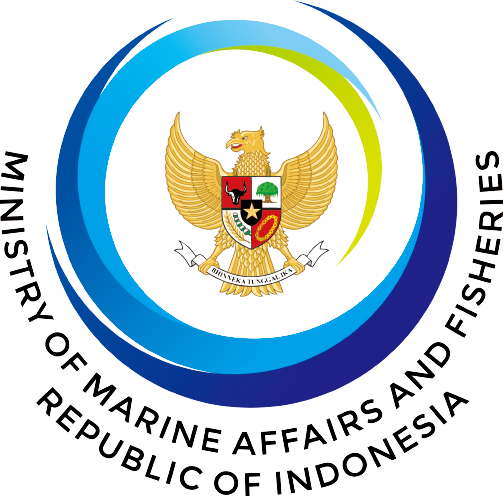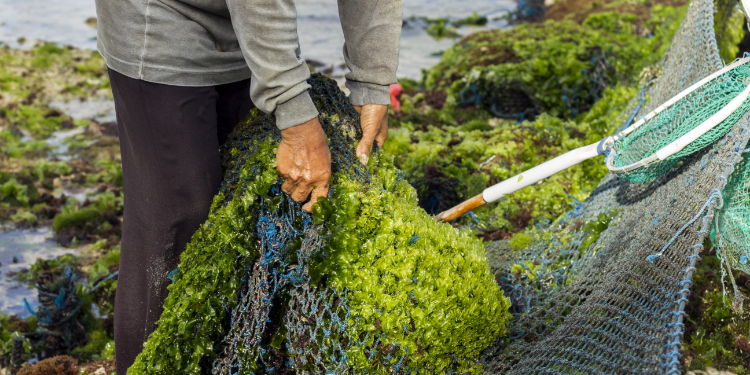
Seaweed Aquaculture, from Historic Trends to Current Innovation
From February 9 to 12, 2020, we organized a special session at the Aquaculture of America meetings held at the Hawai'i Convention Center in Honolulu on the island of Oahu. The session, entitled “Seaweed aquaculture – from historic trends to current innovation” included over 20 presenters. The session encompassed the breadth of seaweed research that has arisen in the last decade and beyond. It spanned topics from seaweed tank and pond cultivation, off-shore design and deployment, genetics and strain selection, algae education, uses and processing of algae for food, feed and biofuel, and the compounding challenges facing this developing industry.
Currently, the global seaweed industry is valued at more than US $11 billion, and is dominated by production in Asian countries including China, Indonesia, Korea, and Japan (FAO, 2020). Almost 97% of this global supply is aquaculture-sourced seaweeds (Costa-Pierce, 2021; Costa-Pierce & Chopin, 2021; Piconi, Veidenheimer, & Bob, 2020).
Globally, seaweed production is undergoing expansion and has grown yearly at 8% since 2014 (FAO, 2020). Countries in Europe and the Americas are gaining traction in large-scale cultivation efforts with recent commercial activity (García-Poza et al., 2020; Kim, Stekoll, & Yarish, 2019; Kim, Yarish, Hwang, Park, & Kim, 2017). Results from a recent study on the European mariculture sector emphasized the considerable potential for sustainable development after addressing the existing economic, social, and environmental challenges (Araújo et al., 2021).
In North America, seaweed harvest accounts for less than 0.001% of total global seaweed production, while in 2019 the total U.S. edible seaweed market was around 7 million kg of dry weight (Piconi et al., 2020). Nonetheless, edible seaweed aquaculture production has increased and is projected to continue growth, with the states of Maine and Alaska leading the overall U.S. market share (Kim et al., 2019; Piconi et al., 2020).
Both states span large coastal areas and have working waterfronts with developed maritime industries and mariculture focus on several species of kelp including Macrocystis pyrifera, Saccharina latissima, and Alaria marginata (Grebe, Byron, Brady, St. Gelais, & Costa-Pierce, 2021; Raymond & Stekoll, 2021, Stekoll, Peeples, & Raymond, 2021).
Seaweeds offer a promising source of bioenergy production and can help mitigate the need for food, feed, and biofuel over the coming decades. An ecosystem-based approach to expanding seaweed cultivation operations is both critical and achievable. The last 15 years have seen a push for mariculture practices that address ecological sustainability and integrating several production species such as the case of integrated multi trophic aquaculture (IMTA) (Abreu et al., 2009; Park, Shin, Do, Yarish, & Kim, 2018; Park, Kim, et al., 2021; Park, Shin, et al., 2021).
Research shows that seaweed aquaculture in the ocean can be carried out sustainably with ecological engineering (Chopin et al., 2001; Chopin & Tacon, 2021) and taking into consideration the value and use of existing marine resources (Araújo et al. 2021). Seaweed aquaculture can be carried out sustainably within the principles of ecological aquaculture, which mimics the form and function of natural ecosystems, are sophisticated, knowledge-based, farming ecosystems embedded into the larger context of social systems (Barrington, Ridler, Chopin, Robinson, & Robinson, 2010; Costa-Pierce, 2021; Valderrama, Cai, Hishamunda, & Ridler, 2013).
Similarly, ecological aquaculture principles can be applied to seaweed farms in the planning, designing, developing, monitoring, and evaluating stages in ways that preserve and enhance the form and functions of the natural and social environments in which they are situated (Costa-Pierce, 2021).
The culture of seaweeds and mollusks is progressively acknowledged for the ecosystem services they offer outside the delivery of food and feed, including nutrient uptake and habitat creation (Kim, Kraemer, & Yarish, 2014; Park et al., 2021; Langton et al., 2019; Theuerkauf et al., 2021), as well as water filtration and the attenuation and stabilization of wave energy in coastal areas (Alleway et al., 2019). However, at this time, market development, valuation, and quantification of these services are still underdeveloped (Naylor et al., 2021) as U.S. federal, state, and community programs need to be implemented to provide economic incentives for farmers (Duarte, Wu, Xiao, Bruhn, & Krause-Jensen, 2017).
Designing profitable and environmentally sustainable systems that couple nutrient removal capacity with high growth and productivity on the farm will encourage stakeholder investment and increase the value of the seaweed aquaculture sector (Buschmann et al., 2017; Chopin & Tacon, 2021; Park, Kim, et al., 2021; Park, Shin, et al., 2021). Highlighting and monetizing ecosystem services provided by seaweeds and other extractive organisms (such as filter-feeding bivalves) that can convert dissolved inorganic and suspended organic nutrients into bioenergy (Kim et al., 2014; Kim, Kraemer, & Yarish, 2015; Rose et al., 2015; Wu, Zhang, Yarish, He, & Kim, 2018) are critical.
Furthermore, coastal seaweed farms are not only capable of acting as CO2 sinks but also act as a refugia for calcifying species from ocean acidification (Wu, Kim, Huo, Zhang, & He, 2017; Xiao et al., 2021) and have the potential to enhance marine biodiversity (Naylor et al., 2021; Theuerkauf et al., 2021). They can also be a source of animal feeds to reduce enteric methane emissions from ruminants (Vijn et al., 2020).
Considerations must be taken on the environmental risks associated with seaweed farming in the light of climate change, specifically the onset of pathogens, epibionts, and grazers as aquaculture farms expand in capacity (Buschmann et al., 2017; Mateo et al., 2020). Alteration of population genetics and a broader alteration of the physiochemical environment pose risks and a certain level of uncertainty (Cottier-Coo et al. 2016; Campbell et al., 2019). For aquaculture to continue scaling, it is important to observe and select native species that are resilient under different climate change scenarios (Kübler, Dudgeon, & Bush, 2021).
Understanding the genetic diversity of wild seaweed populations is vital not only for preserving biodiversity but also for breeding and commercialization of strains that are thermally tolerant, high yielding, adapted to low nutrient conditions, and disease resistant (Mao et al., 2020; Wade et al., 2020). Observation of heritability of genetic and phenotypic traits over many generations allows for selecting and identifying seaweed best suited for production on both land-based and off-shore farm performance (Augyte, Yarish, Redmond, & Kim, 2017; Umanzor et al., 2021; Zertuche-González et al., 2021).
Various techniques can be implemented to improve harvesting and extend the growing season for seaweeds (Grebe et al., 2021). Finally, domestication of seaweed for the production of high-yield cultivars cannot be done without a thorough understanding of the metagenomics and metabolomics for the expression of certain relevant phenotypic traits and the application of genomic improvement strategies (DeWeese & Osborne, 2021).
Challenges to overcome to move the industry forward include establishing cryopreservation techniques, processing facilities, developing markets, and partnerships among research, industry, state, and federal legislators to develop best management practices, among others. Working on value-chain additions for seaweed biomass is essential, including applications in pharmaceuticals, nutraceuticals, and as feed-based ingredients as a long-term sustainable solution to enteric methane emissions (Vijn et al., 2020; Yang, Huo, Yee, & Yarish, 2021). In the search for alternatives to fossil-fuel-based products, many extracts from seaweed can contribute to the production of bioplastics.
Working with state and federal agencies and aquaculture extension officers to develop appropriate regulatory frameworks to ensure safe handling and food safety standards and sustainability certification can help consumers make fair decisions about local products. Changing public perception of the negative effects of aquaculture can be achieved through outreach and educational events that highlight the economic benefits to coastal communities and blue economic development.
Educating youth on the many applications of algal cultivation through courses at community colleges, online training, and K–12 curriculum development (Levine, Gerk, Gómez, Nalley, & Nalley, 2021) will foster industry development. Continuing research on the marine spatial planning tools for best site selection to support policies and mitigate user conflicts, marine infrastructures such as with the NOAA Aqua-mapper within their Coastal Aquaculture Planning Portal (CAPP) are also critical.
Source: https://www.was.org/articles/Seaweed-aquaculture-From-historic-trends-to-current-innovation.aspx#.YXY0XhpBzIU
